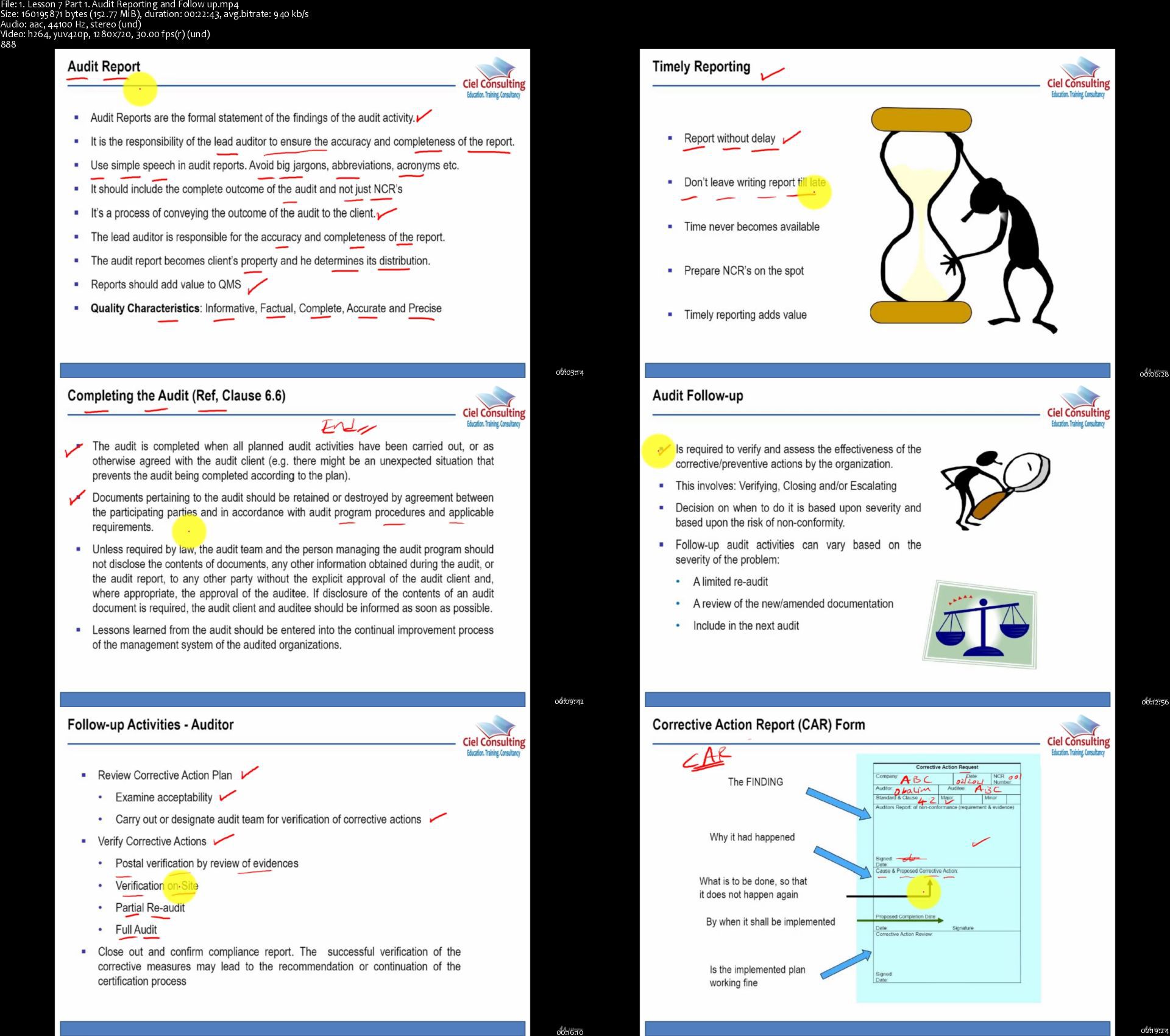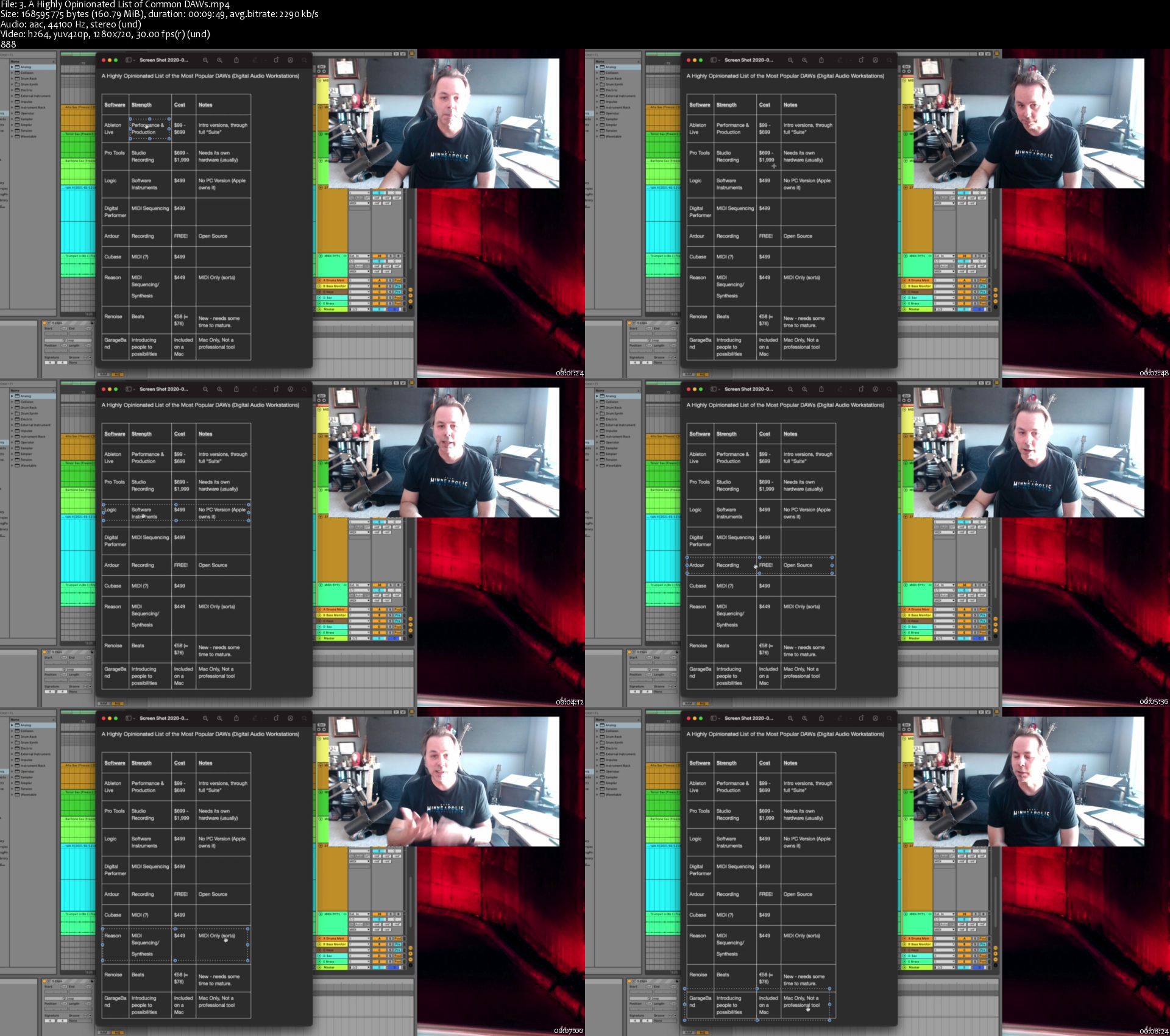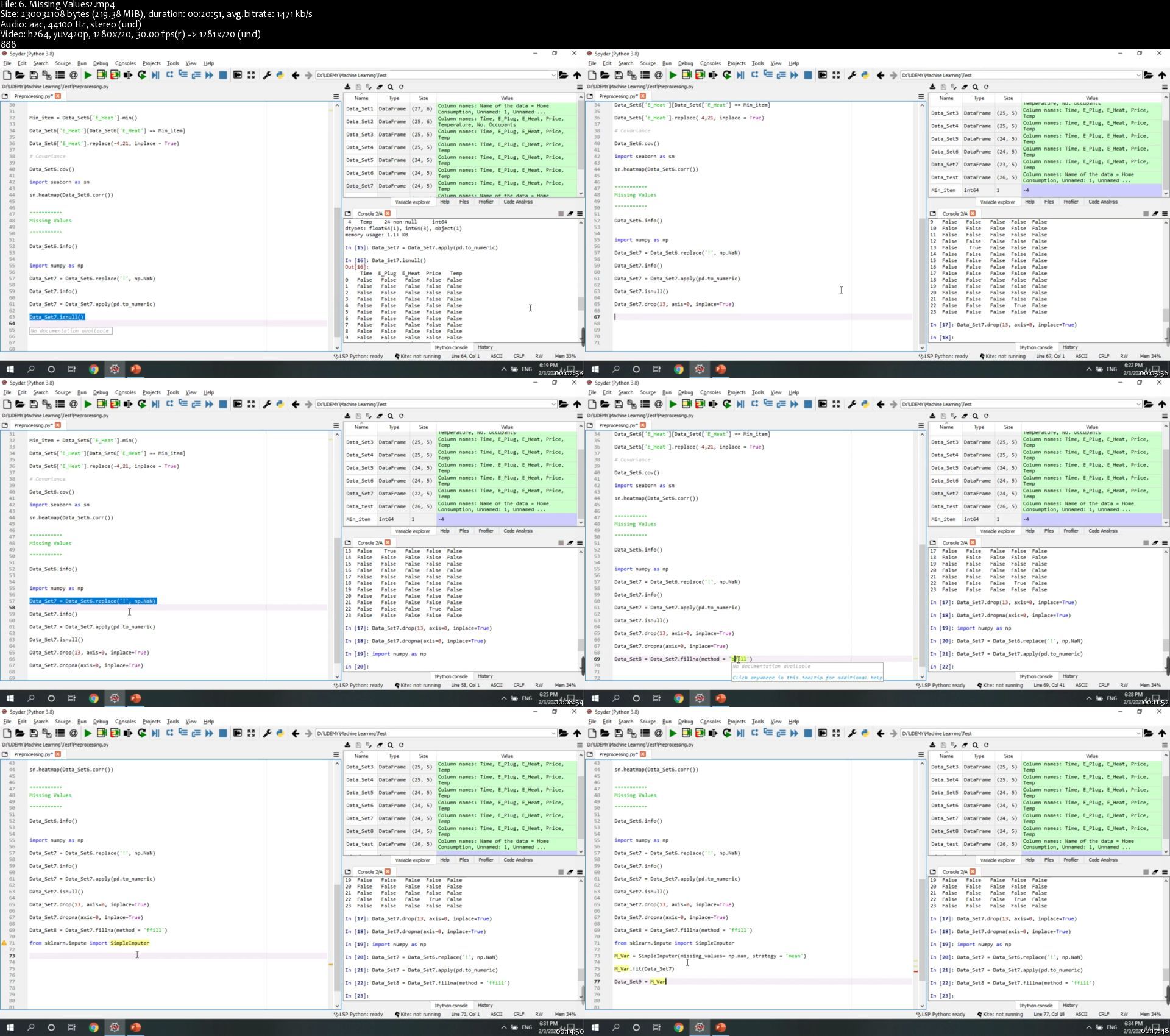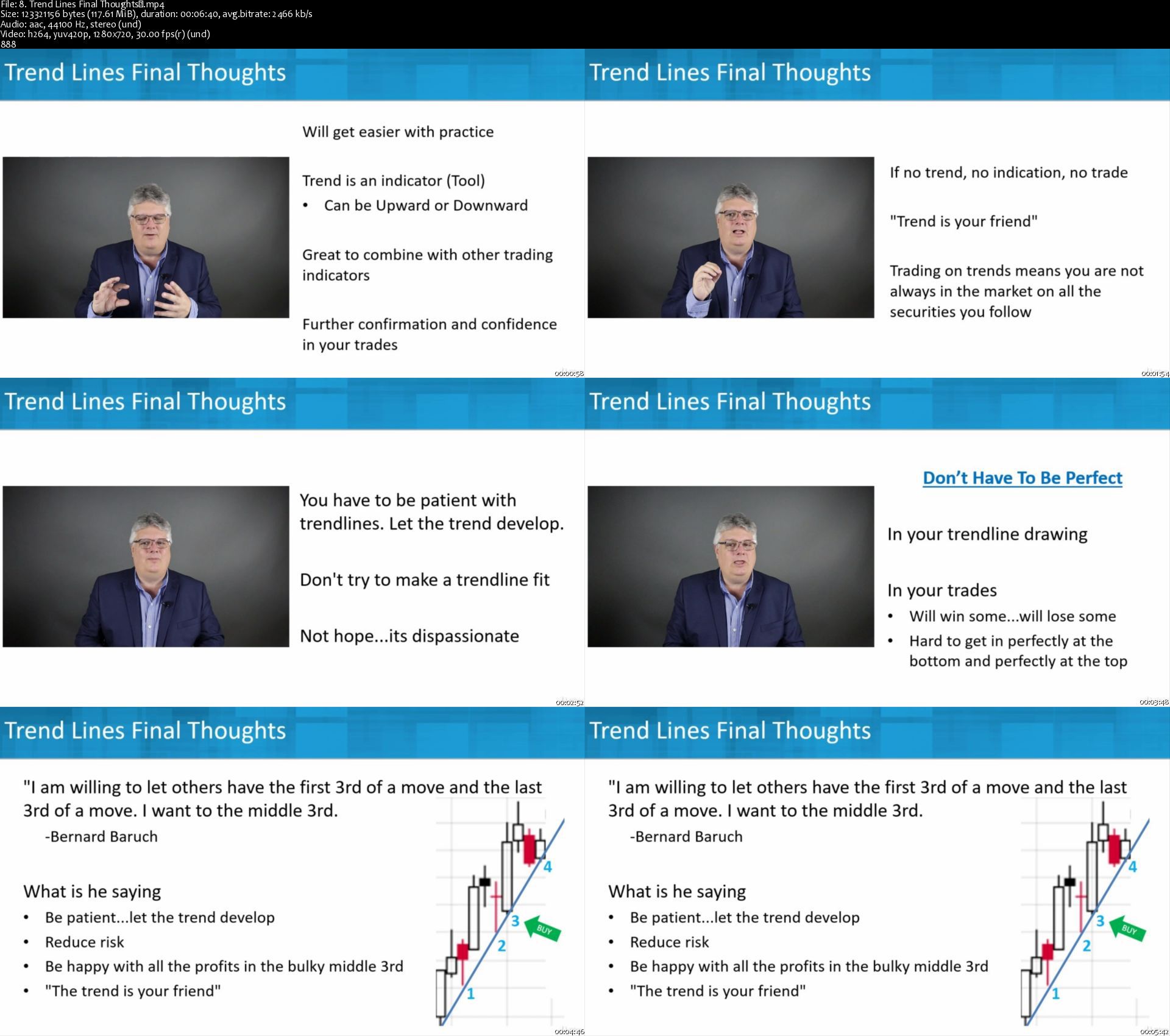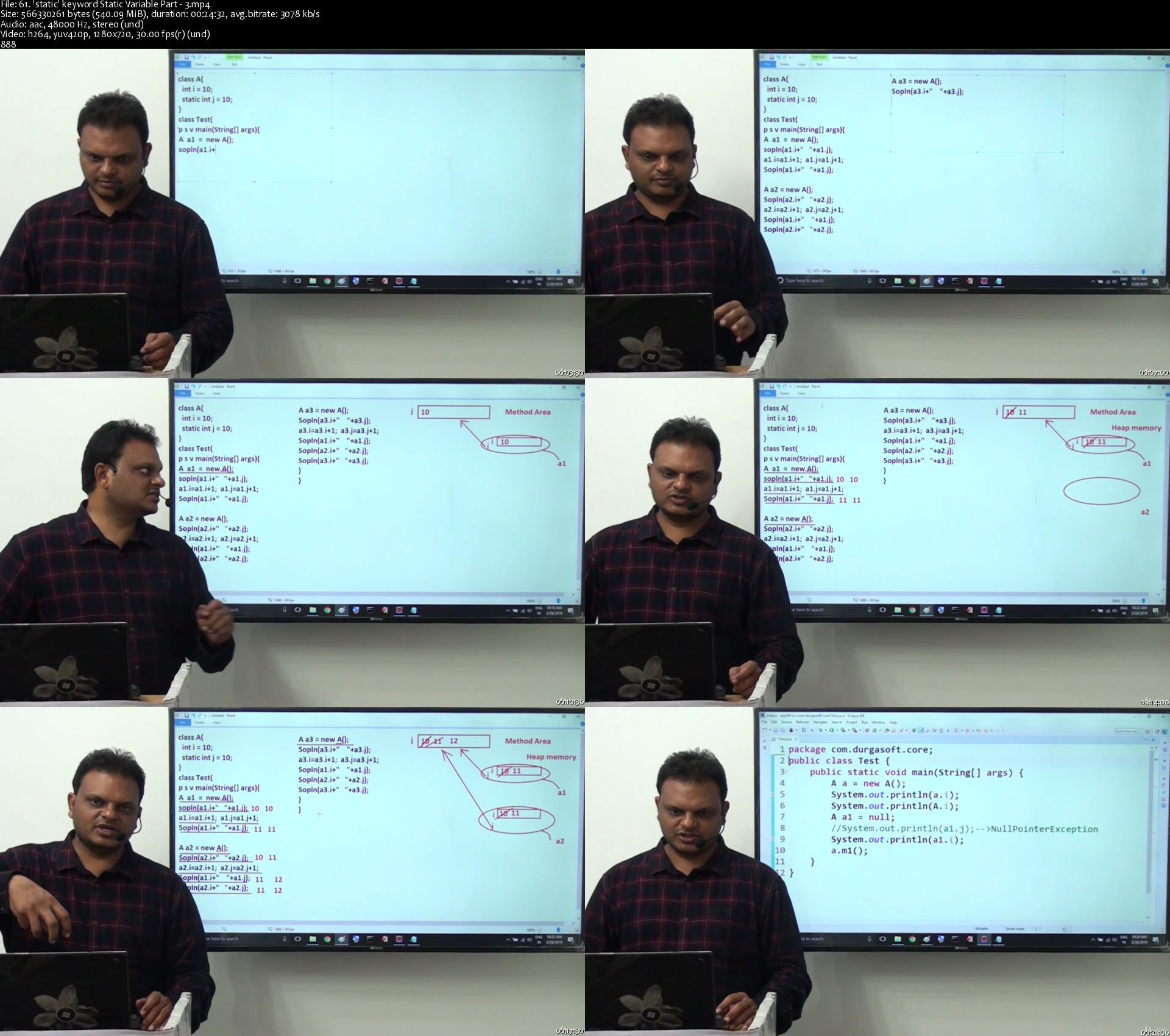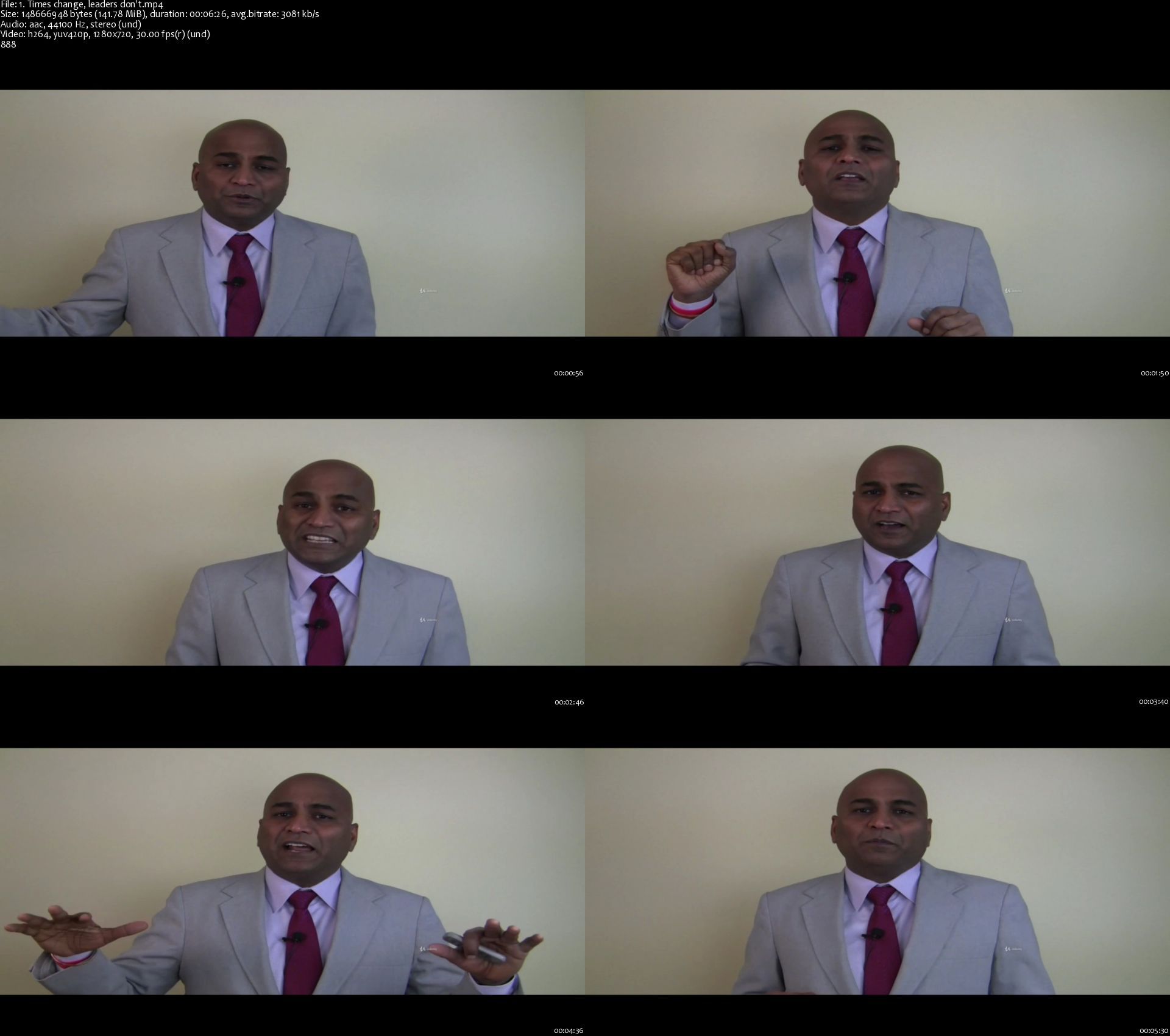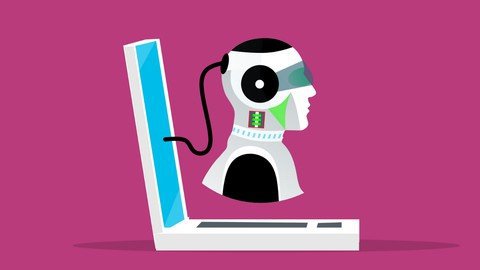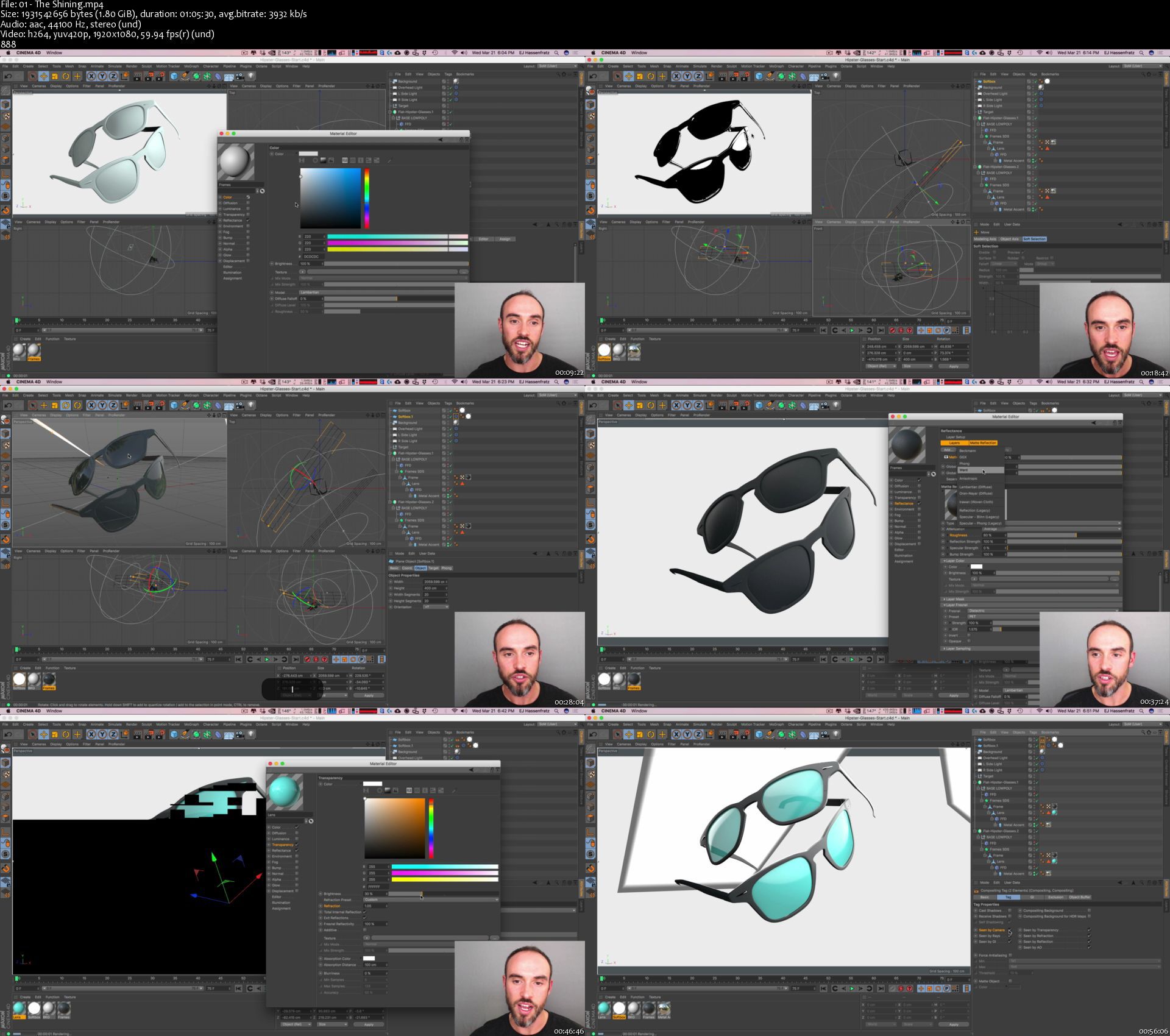Computer Vision Masterclass (Update)
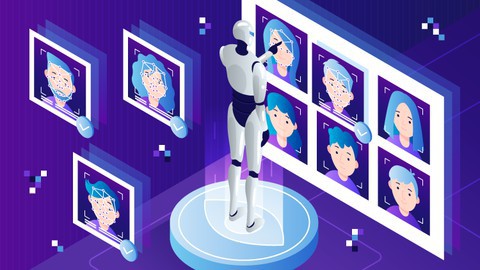
Computer Vision Masterclass (Update)
MP4 | h264, 1280x720 | Lang: English | Audio: aac, 44100 Hz | 25h 28m | 9.71 GB
What you'll learn
Understand the basic intuition about Cascade and HOG classifiers to detect faces
Implement face detection using OpenCV and Dlib library
Learn how to detect other objects using OpenCV, such as cars, clocks, eyes, and full body of people
Compare the results of three face detectors: Haarcascade, HOG (Histogram of Oriented Gradients) and CNN (Convolutional Neural Networks)
Detect faces using images and the webcam
Understand the basic intuition about LBPH algorithm to recognize faces
Implement face recognition using OpenCV and Dlib library
Recognize faces using images and the webcam
Understand the basic intuition about KCF and CSRT algorithms to perform object tracking
Learn how to track objects in videos using OpenCV library
Learn everything you need to know about the theory behind neural networks, such as: perceptron, activation functions, weight update, backpropagation, gradient descent and a lot more
Implement dense neural networks to classify images
Learn how to extract pixels and features from images in order to build neural networks
Learn the theory behind convolutional neural networks and implement them using Python and TensorFlow
Implement transfer learning and fine tuning to get incredible results when classifying images
Use convolutional neural networks to classify the following emotions in images and videos: happy, anger, disgust, fear, surprise and neutral
Compress images using linear and convolutional autoencoders
Detect objects in images in videos using YOLO, one of the most powerful algorithms today
Recognize gestures and actions in videos using OpenCV
Learn how to create hallucinogenic images with Deep Dream
Learn how to revive famous artists with style transfer
Create images that don't exist in the real world with GANs (Generative Adversarial Networks)
Implement image segmentation do extract useful information from images and videos
Requirements
Programming logic
Basic Python programming
Description
Computer Vision is a subarea of Artificial Intelligence focused on creating systems that can process, analyze and identify visual data in a similar way to the human eye. There are many commercial applications in various departments, such as: security, marketing, decision making and production. Smartphones use Computer Vision to unlock devices using face recognition, self-driving cars use it to detect pedestrians and keep a safe distance from other cars, as well as security cameras use it to identify whether there are people in the environment for the alarm to be triggered.
In this course you will learn everything you need to know in order to get in this world. You will learn the step-by-step implementation of the 14 (fourteen) main computer vision techniques. If you have never heard about computer vision, at the end of this course you will have a practical overview of all areas. Below you can see some of the content you will implement:
Detect faces in images and videos using OpenCV and Dlib libraries
Learn how to train the LBPH algorithm to recognize faces, also using OpenCV and Dlib libraries
Track objects in videos using KCF and CSRT algorithms
Learn the whole theory behind artificial neural networks and implement them to classify images
Implement convolutional neural networks to classify images
Use transfer learning and fine tuning to improve the results of convolutional neural networks
Detect emotions in images and videos using neural networks
Compress images using autoencoders and TensorFlow
Detect objects using YOLO, one of the most powerful techniques for this task
Recognize gestures and actions in videos using OpenCV
Create hallucinogenic images using the Deep Dream technique
Combine style of images using style transfer
Create images that don't exist in the real world with GANs (Generative Adversarial Networks)
Extract useful information from images using image segmentation
You are going to learn the basic intuition about the algorithms and implement some project step by step using Python language and Google Colab
Who this course is for:
Beginners who are starting to learn Computer Vision
Undergraduate students who are studying subjects related to Artificial Intelligence
People who want to solve their own problems using Computer Vision
Students who want to work in companies developing Computer Vision projects
People who want to know all areas inside Computer Vision, as well as know the problems that these techniques are able to solve
Anyone interested in Artificial Intelligence or Computer Vision
Data scientists who want to grow their portfolio
Professionals who want to understand how to apply Computer Vision to real projects
Homepage
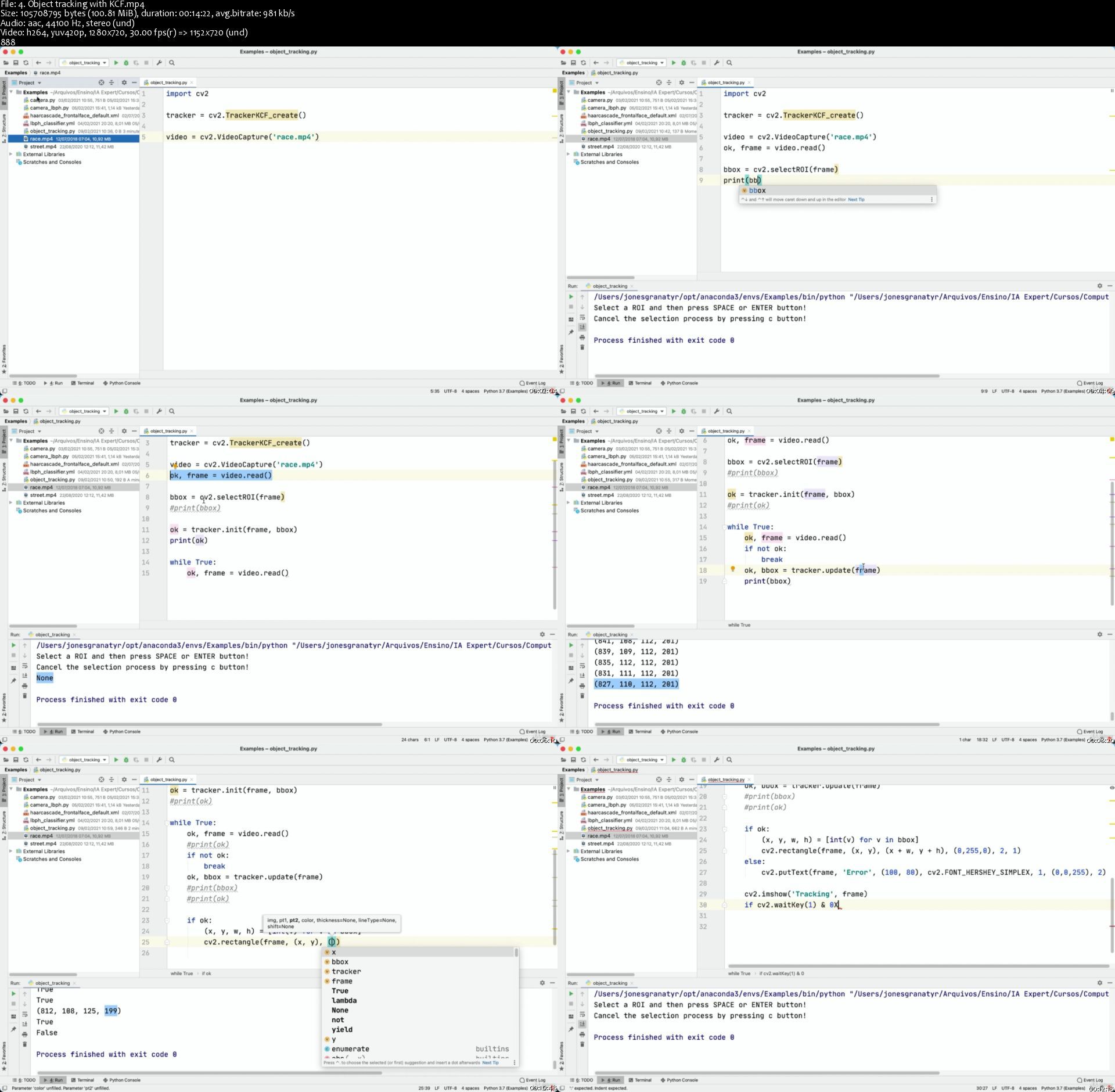

Computer Vision Masterclass (Update)
MP4 | h264, 1280x720 | Lang: English | Audio: aac, 44100 Hz | 25h 28m | 9.71 GB
What you'll learn
Understand the basic intuition about Cascade and HOG classifiers to detect faces
Implement face detection using OpenCV and Dlib library
Learn how to detect other objects using OpenCV, such as cars, clocks, eyes, and full body of people
Compare the results of three face detectors: Haarcascade, HOG (Histogram of Oriented Gradients) and CNN (Convolutional Neural Networks)
Detect faces using images and the webcam
Understand the basic intuition about LBPH algorithm to recognize faces
Implement face recognition using OpenCV and Dlib library
Recognize faces using images and the webcam
Understand the basic intuition about KCF and CSRT algorithms to perform object tracking
Learn how to track objects in videos using OpenCV library
Learn everything you need to know about the theory behind neural networks, such as: perceptron, activation functions, weight update, backpropagation, gradient descent and a lot more
Implement dense neural networks to classify images
Learn how to extract pixels and features from images in order to build neural networks
Learn the theory behind convolutional neural networks and implement them using Python and TensorFlow
Implement transfer learning and fine tuning to get incredible results when classifying images
Use convolutional neural networks to classify the following emotions in images and videos: happy, anger, disgust, fear, surprise and neutral
Compress images using linear and convolutional autoencoders
Detect objects in images in videos using YOLO, one of the most powerful algorithms today
Recognize gestures and actions in videos using OpenCV
Learn how to create hallucinogenic images with Deep Dream
Learn how to revive famous artists with style transfer
Create images that don't exist in the real world with GANs (Generative Adversarial Networks)
Implement image segmentation do extract useful information from images and videos
Requirements
Programming logic
Basic Python programming
Description
Computer Vision is a subarea of Artificial Intelligence focused on creating systems that can process, analyze and identify visual data in a similar way to the human eye. There are many commercial applications in various departments, such as: security, marketing, decision making and production. Smartphones use Computer Vision to unlock devices using face recognition, self-driving cars use it to detect pedestrians and keep a safe distance from other cars, as well as security cameras use it to identify whether there are people in the environment for the alarm to be triggered.
In this course you will learn everything you need to know in order to get in this world. You will learn the step-by-step implementation of the 14 (fourteen) main computer vision techniques. If you have never heard about computer vision, at the end of this course you will have a practical overview of all areas. Below you can see some of the content you will implement:
Detect faces in images and videos using OpenCV and Dlib libraries
Learn how to train the LBPH algorithm to recognize faces, also using OpenCV and Dlib libraries
Track objects in videos using KCF and CSRT algorithms
Learn the whole theory behind artificial neural networks and implement them to classify images
Implement convolutional neural networks to classify images
Use transfer learning and fine tuning to improve the results of convolutional neural networks
Detect emotions in images and videos using neural networks
Compress images using autoencoders and TensorFlow
Detect objects using YOLO, one of the most powerful techniques for this task
Recognize gestures and actions in videos using OpenCV
Create hallucinogenic images using the Deep Dream technique
Combine style of images using style transfer
Create images that don't exist in the real world with GANs (Generative Adversarial Networks)
Extract useful information from images using image segmentation
You are going to learn the basic intuition about the algorithms and implement some project step by step using Python language and Google Colab
Who this course is for:
Beginners who are starting to learn Computer Vision
Undergraduate students who are studying subjects related to Artificial Intelligence
People who want to solve their own problems using Computer Vision
Students who want to work in companies developing Computer Vision projects
People who want to know all areas inside Computer Vision, as well as know the problems that these techniques are able to solve
Anyone interested in Artificial Intelligence or Computer Vision
Data scientists who want to grow their portfolio
Professionals who want to understand how to apply Computer Vision to real projects
Homepage








